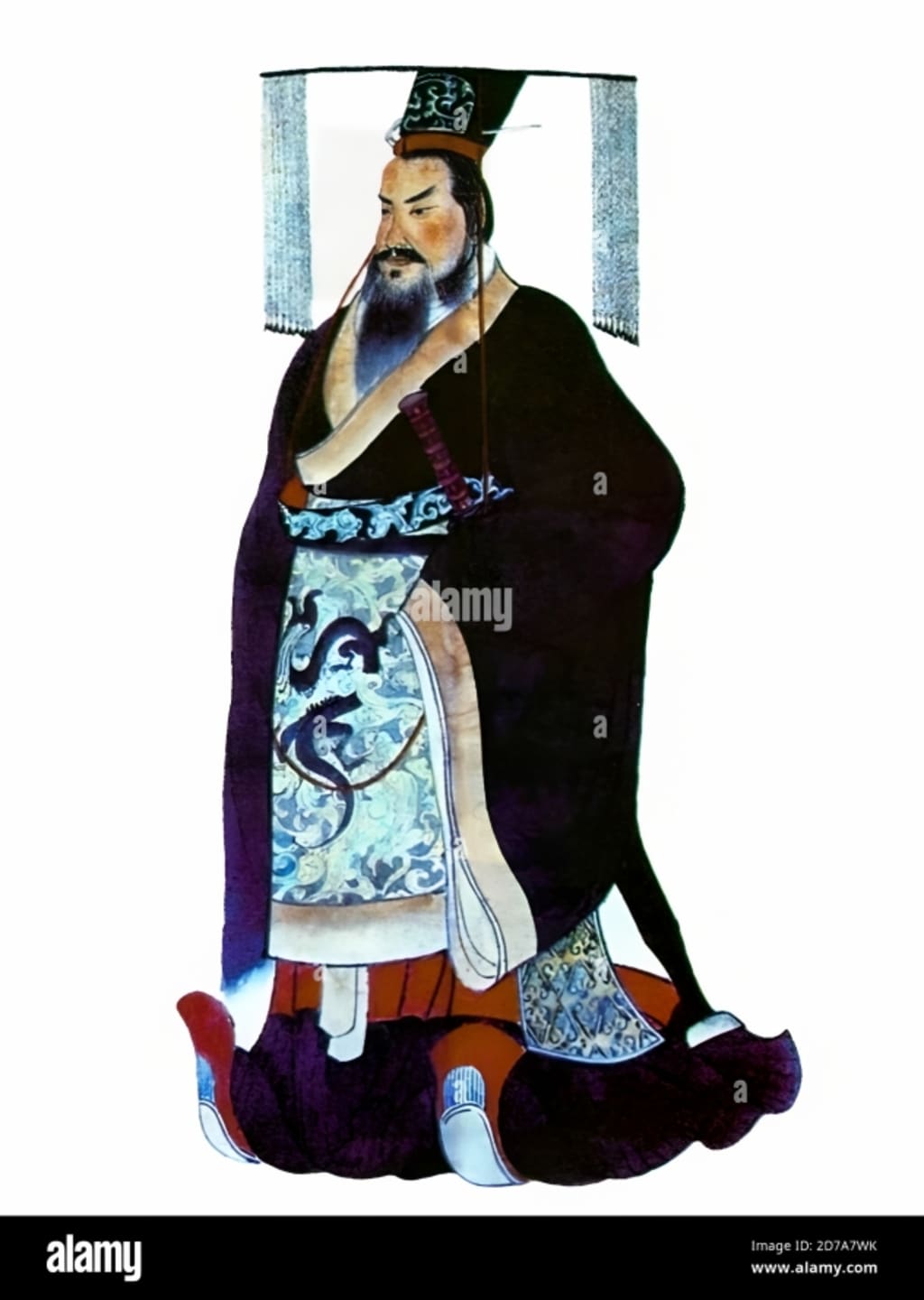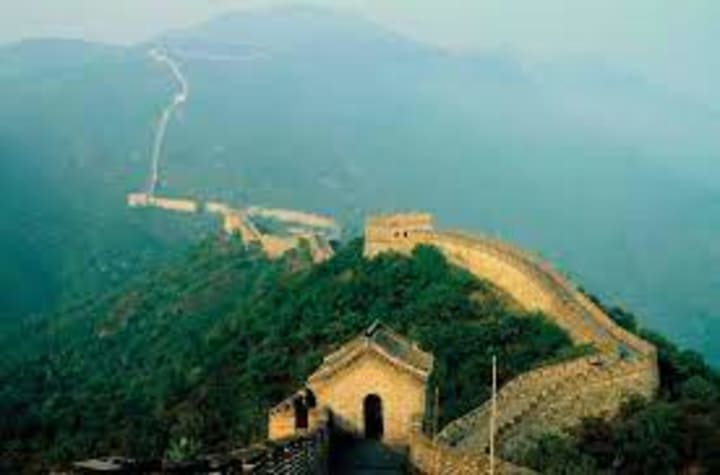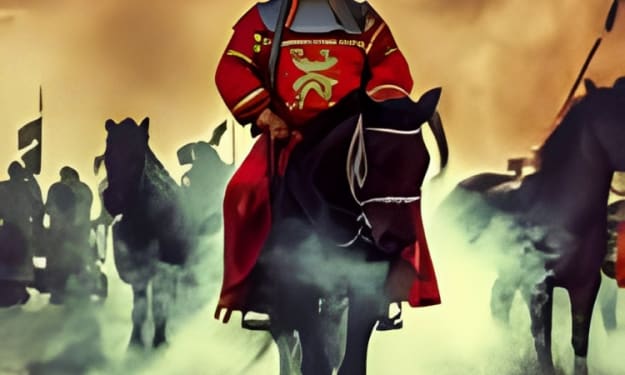Qin Shi Huang
The Visionary Unifier and First Emperor of China

Early Life and Rise to Power
Qin Shi Huang, originally known as Ying Zheng, was born in 259 BCE as the son of King Zhuangxiang of Qin. Tragically, his father died when he was just 13 years old, thrusting him onto the throne as the king of Qin. At such a young age, Ying Zheng faced the daunting task of ruling a state embroiled in the chaotic Warring States Period. His mother, Lady Zhao, served as the regent, playing a pivotal role in safeguarding his position and guiding him in the early years of his reign. Under the tutelage of skilled advisors and tutors, the young king demonstrated exceptional political acumen and astuteness, setting the stage for his extraordinary rise to power.
Unification of China

Qin Shi Huang's dream of unifying China and bringing an end to the ceaseless conflict among the warring states became a reality through a masterful display of military and political prowess. Employing calculated strategies and sheer determination, he waged numerous successful military campaigns against his rivals. One by one, the states of Han, Wei, Chu, Zhao, Yan, and Qi fell under his dominion. In 221 BCE, Qin Shi Huang achieved the monumental feat of unifying China, declaring himself the first emperor of a centralized and unified empire. This marked the beginning of the Qin Dynasty, and his reign ushered in a new era for the Chinese people.
Construction of the Great Wall

Recognizing the ever-present threat posed by northern nomadic tribes, particularly the Xiongnu, Qin Shi Huang initiated an ambitious project to fortify the northern borders of his empire. Over an extended period, vast resources, including an immense workforce, were dedicated to building the Great Wall of China. Although the exact figures are debated, it is estimated that hundreds of thousands of laborers and soldiers were involved in its construction. The wall, an extraordinary feat of engineering and fortification, stretched thousands of miles, incorporating and extending smaller walls that had existed in earlier periods. Its purpose was not only to defend against invasions but also to symbolize the might and unity of the newly unified China.
The Terracotta Army

Among the most awe-inspiring archaeological discoveries ever made is the Terracotta Army, found near the tomb of Qin Shi Huang. This grand assemblage of terracotta sculptures consists of an estimated 8,000 life-sized clay soldiers, chariots, and horses. Each figure displays remarkable individuality and artistry, serving as an eternal guard for the emperor in the afterlife. The immense scale and intricate craftsmanship of the Terracotta Army testify to the vast resources and skilled artisans that Qin Shi Huang commanded to construct this funerary masterpiece.
Legalism: The Philosophy Behind His Rule
Qin Shi Huang's governing philosophy was deeply influenced by Legalism, a political doctrine that emerged during the Warring States Period. Legalism emphasized strict adherence to laws and a strong centralized state. Its proponents believed that only through strict control and harsh punishments for transgressions could order and stability be maintained. Qin Shi Huang embraced Legalism as the foundation of his rule, centralizing authority and implementing an unyielding legal code to consolidate his power.
The First National Census
In his efforts to govern efficiently and gain a comprehensive understanding of his vast empire, Qin Shi Huang conducted the first-ever national census. The census aimed to collect detailed demographic data on the population, including the number of households, population distribution, and landownership. This information provided crucial insights into the empire's resources and helped in devising effective policies for administration, taxation, and resource allocation.
Conclusion
Qin Shi Huang's extraordinary life journey, from a young king navigating political challenges to the visionary unifier of China, remains a testament to his remarkable leadership and vision. Through military conquests and far-reaching reforms, he achieved the momentous feat of unifying China and leaving an indelible mark on the nation's history and identity. The Great Wall and the Terracotta Army stand as awe-inspiring monuments to his ambitious rule, while his embrace of Legalism and the first national census reflect his quest for order and control in the vast and diverse empire he forged. Qin Shi Huang's legacy continues to captivate and inspire, an enduring symbol of China's imperial history and the visionary leadership that shaped the course of a nation.
About the Creator
Écrivain Placard
Curious reader and researcher, always exploring the lesser-known corners of the world. Sharing obscure findings and insights with fellow knowledge-seekers. Never satisfied with the obvious, always digging deeper for the truth.






Comments
There are no comments for this story
Be the first to respond and start the conversation.